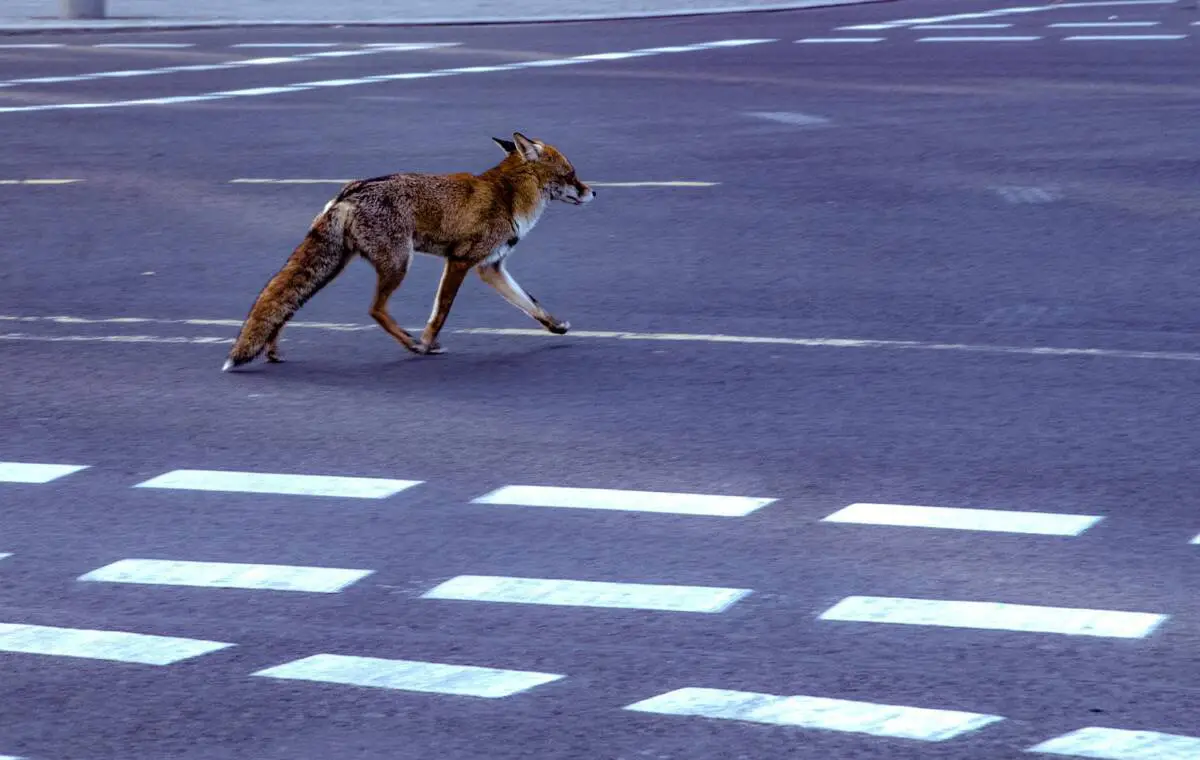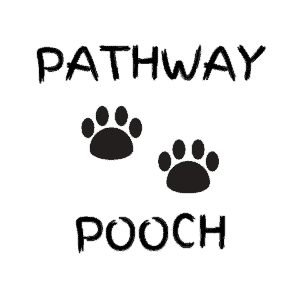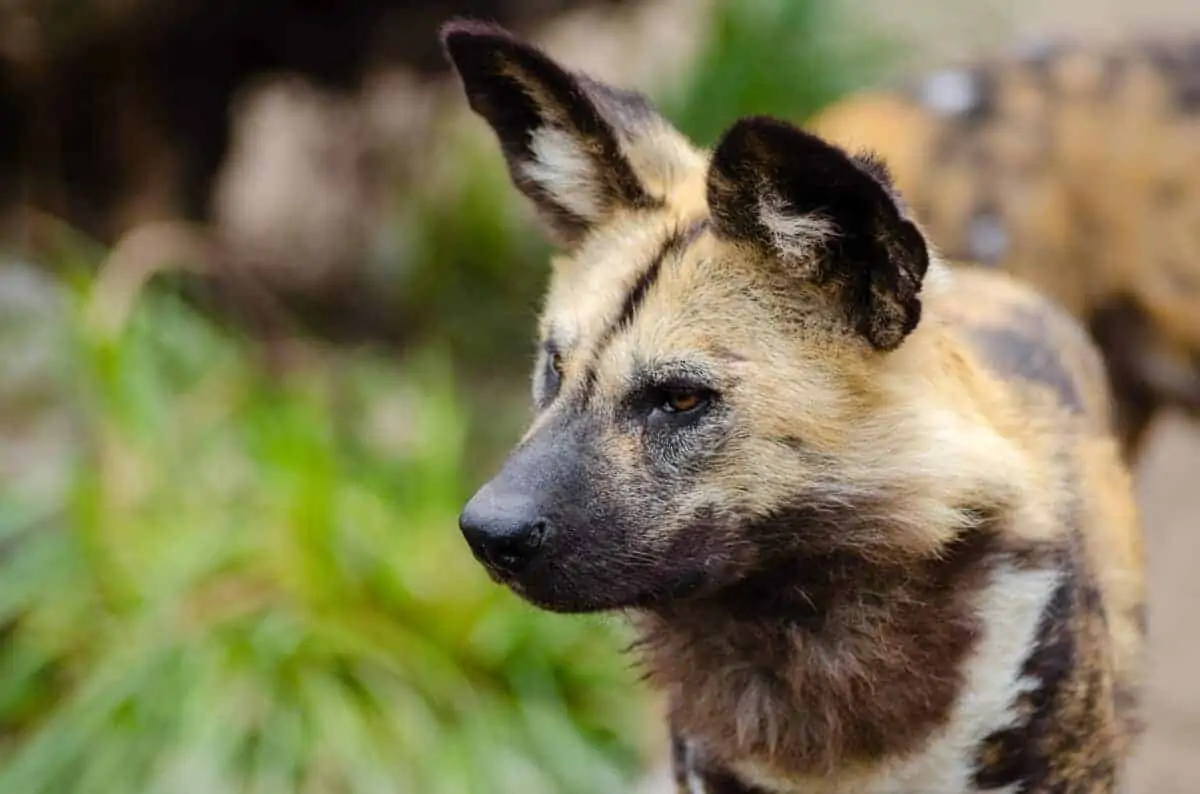When someone thinks of a dog, they are probably thinking of a house pet. They are not usually going to think about a dog in the wild. Yet, all around the world, there are dogs that live in the wild, and their diets will be different from that of their domesticated counterparts.
In the wild, dogs have a variable diet. It consists of small animals, such as rabbits, squirrels, and small birds. It also consists of dead animals they find, berries and fruits they come across, bugs, and trash. Dogs that live in the wild will eat what they can find.
Some dogs are better suited to foraging for food than others. Their habitat plays a huge role in what types of food they can find. Read on to find out what role these factors play and what exactly dogs in the wild are eating.
Contents
A Breakdown of a Dog’s Diet in the Wild
A dog will eat when it is hungry and when it can find food. That is one of the main factors into why a dog living in the wild will eat whatever it can find.
It does not know when its next meal will be and has to act quickly. But what specifically is a dog in the wild eating?
Small Animals
Dogs in the wild will hunt for small animals. In every neighborhood, there are a variety of small animals that inhabit the area. Dogs will search for these because they are small and easier to catch than something larger, especially if they are hunting alone.
The following are a selection of small animals they are likely to hunt for:
- Mice
- Squirrels
- Rabbits
- Small birds
- Chipmunks
Also, dogs living in the wild will attack livestock if they come across it. This can include chickens, who are slow and cannot fly and are easy targets for quick-moving dogs. This poses a problem for livestock owners who have to routinely check and protect their animals.
Many dogs that attack livestock will not usually attack the owner as they are just interested in the food source and are probably used to humans.
Larger Animals
When looking at what dogs hunt, the size of the animal will be dependent on the type of dog. Wild African Dogs will hunt in large packs, allowing them to take down Antelope or wildebeest.
When looking at the most popular wild dog, the wolf, the targeted prey can be anything. Wolves are particularly strong creatures with an incredible amount of endurance. Any animal on its own, no matter the size doesn’t stand a chance against a pack of wolves. One of the only methods animals can successfully use to protect themselves is sticking together, keeping the weak on the inside, and traveling away from the wolf pack.
Trash, Bugs, and Dead Animals
Dogs in the wild also subsist on the trash they find. A lot of food leftovers get thrown away into trash all around the world. Dogs in the wild take advantage of this whenever they can. They will eat anything edible that they find in the garbage they rummage through.
If they need to, dogs will also eat bugs. Bugs are easy for them to catch and can provide some nutrients until they can find something more substantive to eat.
Dead animals also are a part of the diet of a dog in the wild. Often, dogs will come across roadkill or injured animals that have died. This is easy food for a dog in the wild. There is no chase involved. Dogs will not let any of the dead animals go to waste either.
Vegetation
Dogs in the wild do not just eat meat. Vegetation, which is any plant-based food item, also forms a part of the diet of a dog in the wild. This can include:
- Berries
- Fruits
- Plants
- What can be found in gardens
Dogs in the wild will find vegetation in a multitude of places. As with livestock, a homeowner may find one day a dog going through their garden looking for food.
Dogs do not mind eating plant-based foods, which is important to note. It is easy to believe they only eat meat or trash, but they enjoy whatever is edible.

How Do Dogs Catch Their Prey
As discussed above, dogs will eat whatever they can find, they are scavengers regardless of the type of dog. Despite always being on the lookout for food certain types of dogs such as wolves can be incredible hunters.
Dogs are able to catch their prey through some gifted sense.
- One of the most well-known traits dogs have is their sense of smell it is one of the most powerful amongst all the animals. this allows them not only to sense the location, direction, and identity of their prey. In some cases, it may allow them to identify whether the animal is vulnerable. Check out this article on “How Long Can A Dog Follow a Scent” for more information on your dog’s incredible nose.
- Dogs have a good range of hearing, certain types have better hearing than others and you will notice that most wild dogs such as wolves, hyenas, and wild African dogs have pointed ears to help them hear better.
- Endurance is a trait that most dogs have, you may even notice this incredible stamina in your own dog. Most wild dogs can run for miles at a time without the need to stop, this wears the prey down until they give up.
- Powerful jaws allow dogs to take down prey with ease. Once attached they can lock their jaws tight, preventing them from being flung off. If enough dogs do this they can take down even the largest of beasts.
- Speed is usually something associated with cats, however, dogs in the wild also possess some impressive acceleration. As an example the African Wild Dogs also known as the Cape Hunting Dog has the winners medal for the fastest dog, reaching speeds of 45mph.
Check out this video about Cape Hunting Dogs from the National Geographic channel.
Optimal Nutritional Needs for a Dog
Dogs in the wild, however, do not always meet their nutritional requirements each day. This is a result of them having to scavenge for their food. They do not always find what they are looking for.
Dogs need to eat daily to retain optimal strength. It is recommended that dogs eat at least two meals a day. It is also common to feed them three times each day. Either way, when a dog is a pet they are receiving their necessary nutrients.
When people feed their pet dogs they are feeding them commercial dog food. This food can be either wet or dry. This food is specially formulated to meet the dietary needs of the animal. Dogs in the wild, however, do not have this luxury.
Pet dogs also have access to veterinarians regularly. The veterinarian can monitor the health of the dog, and if a change in diet is required, they can help make that change.
The Difference Between a Dog in the Wild and a Dog at Home
A dog in the wild does not meet its daily nutritional needs regularly. If they cannot find something on a particular day then they will not eat.
As with humans, when a dog is hungry their bodies begin to overwork to compensate for the energy it craves. The result, over time, is that they get thinner and weaker.
When a dog eats regularly, like dogs that are kept as pets, they are healthier and more fit than their “wild” counterparts.
Diets Are Affected by the Type of Dog
It is important to understand what types of dogs are living in the wild. This is a factor that affects their ability to find food.
Two types of dogs most common in the wild are stray dogs and feral dogs. The main difference between these two types of dogs is that stray dogs were once house pets while feral dogs were not.
- Stray dogs are used to humans helping them. At one point they were housepets that received regular meals. Now that they are on their own they do not know how to get their food and may go hungry as a result.
- Feral dogs have been on their own for most (if not all) of their lives. This means they grew up knowing how to fend for themselves. They are more likely to know where and how to get their food each day without relying on humans.
The Habitat of the Dog is a Factor
The habitat is also an important factor when considering what a dog in the wild can eat. Certain areas contain certain types of food.
- Rural habitats provide dogs in the wild with more small animals, vegetation, and carrion. This is due to there being a higher number of wild animals in these regions. Dogs living in the wild will hunt in the woods and fields, and they will forage what wild vegetation they can.
- Urban habitats provide dogs in the wild with more trash and handouts. More people live in urban areas, so the likelihood of someone helping a dog with food is higher. Additionally, urban habits have more access to dumpsters and trash bins for dogs to rummage through.
This does not mean there is no crossover between these two habitats. For example, in urban areas, there will still be roadkill and gardens to forage through. However, there is a clear difference between what food sources are most abundant in a given area.

Conclusion
The diet of a dog in the wild varies based on its habitat and its species, but it is generally the same. Dogs will eat what they find. They will forage for food wherever they roam.
Dogs will eat meat, such as small animals and roadkill, and they will eat vegetation and trash. The diet of a dog in the wild may have slight variables but is nevertheless consistent.

